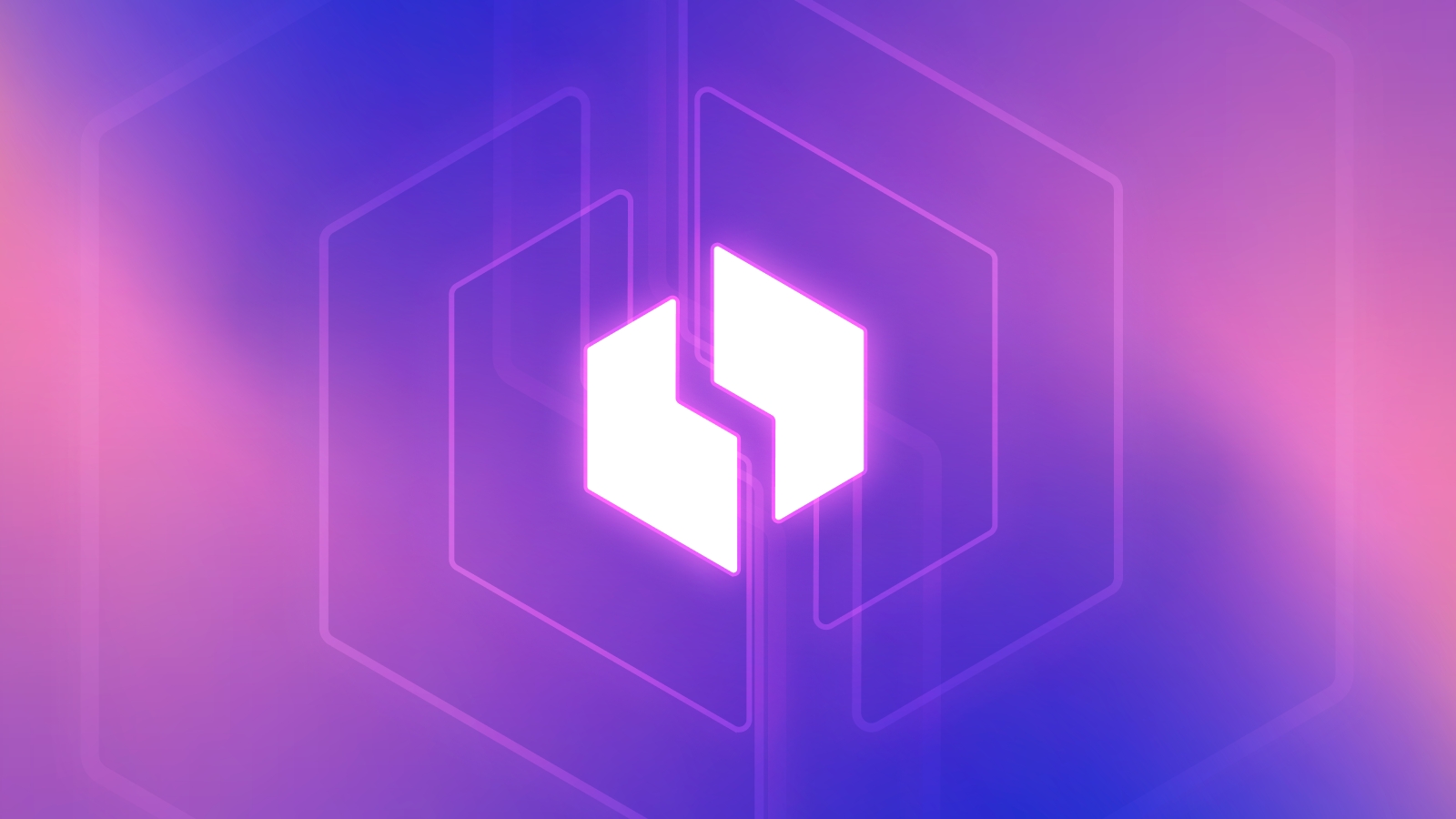Aethir Shifts Focus from Gaming to AI Computing Amid Geopolitical Tensions
Aethir, co-founded in 2022, has recently shifted its focus from cloud gaming to artificial intelligence (AI) computing, as explained by co-founder Mark Rydon during the Consensus Hong Kong event. Initially designed to utilize idle Graphics Processing Units (GPUs) for gaming, Aethir recognized the burgeoning demand for compute power in the AI sector. This pivot comes amid rising geopolitical tensions between the U.S. and China, which have further complicated access to advanced GPU technology. The decentralized nature of Aethir’s platform allows it to serve as a marketplace for GPU compute, catering to businesses that require on-demand capacity without the burden of maintaining their own hardware.
The evolution of GPUs from gaming to AI has been significant, with companies like Nvidia leading the charge. Rydon noted that while Aethir started within a gaming context, the enterprise-capable GPU cloud they were developing proved to be highly relevant to AI applications. The AI server industry is projected to be worth $205 billion, showcasing the lucrative potential of this market. Aethir’s decentralized approach not only democratizes access to high-performance computing but also addresses the needs of researchers who may lack the resources to invest in their own infrastructure.
However, Aethir’s operations are not entirely permissionless. Due to U.S. export controls, the company has implemented geofencing measures to prevent access to its high-performance computing resources from regions like China. Rydon emphasized the importance of regulatory compliance and the necessity of a Web2 layer to manage service agreements and Know Your Customer (KYC) processes. This structured approach is essential for securing significant business deals while navigating the complexities of the current geopolitical landscape.
Related News





